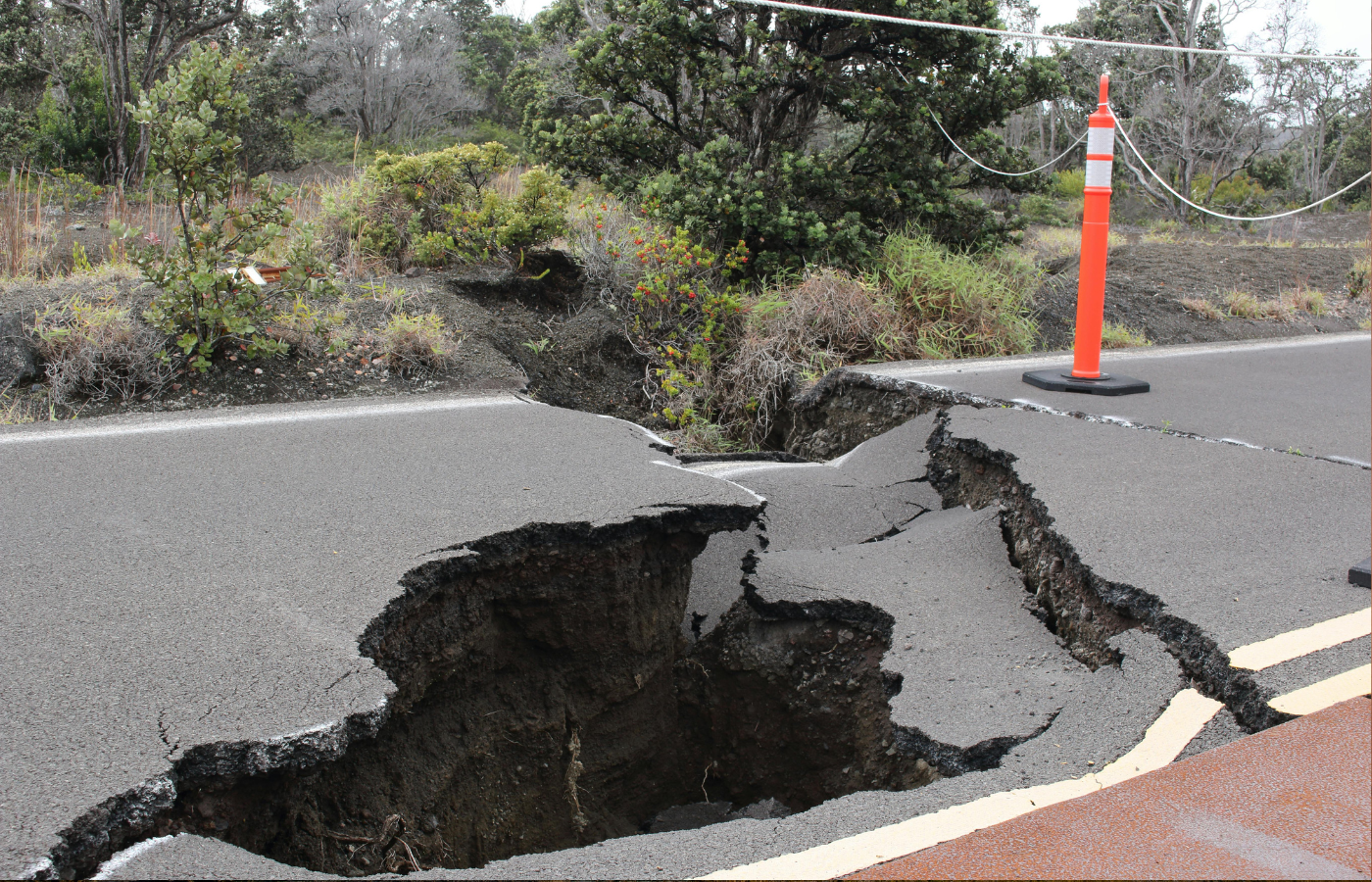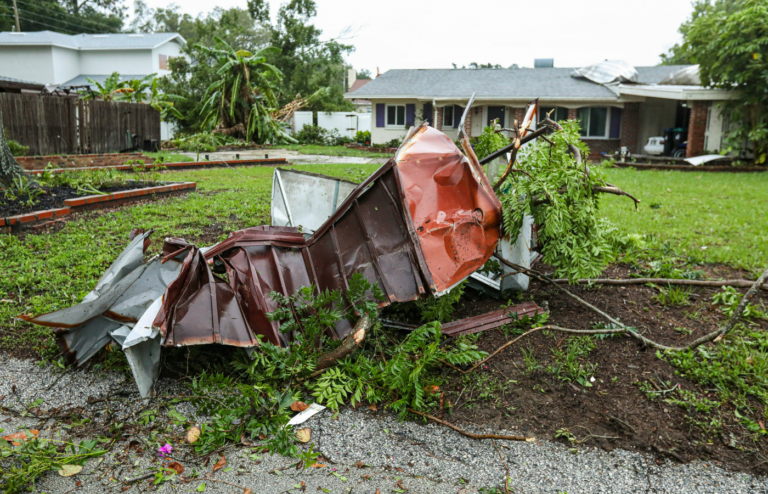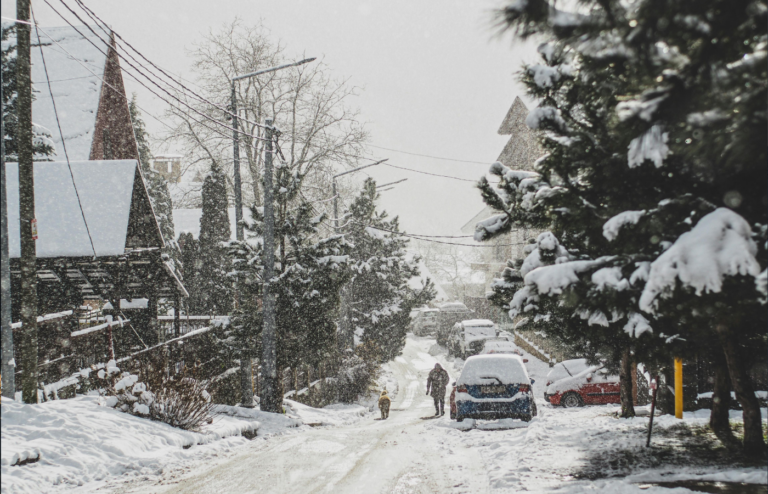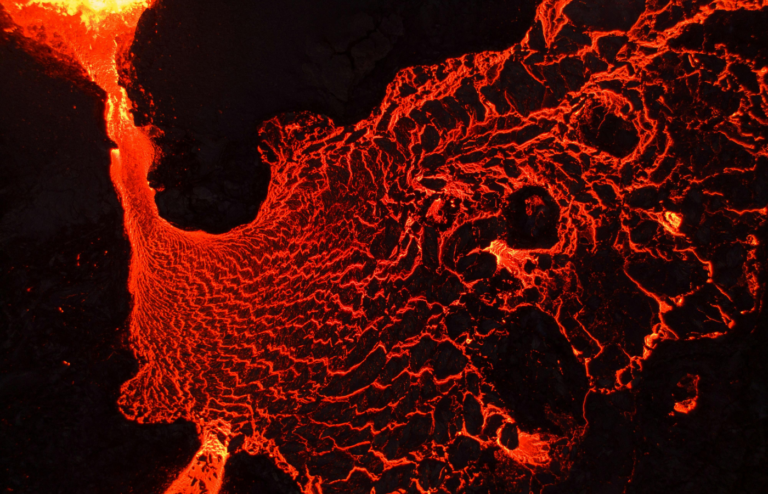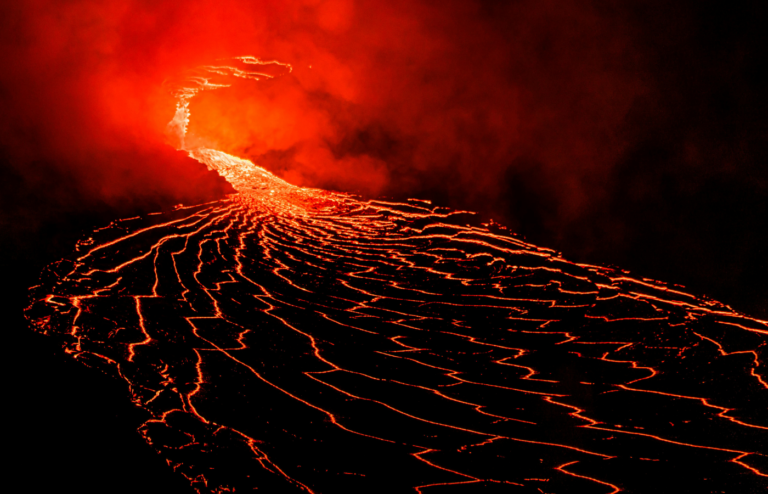When the ground shakes, we expect chaos—collapsed buildings, cracked roads, broken glass. But sometimes, earthquakes leave behind strange and unexpected effects that seem to defy logic or even physics.
Here are 10 of the weirdest side effects of major earthquakes that scientists (and witnesses) still find fascinating.
1. Rivers Can Flow Backward
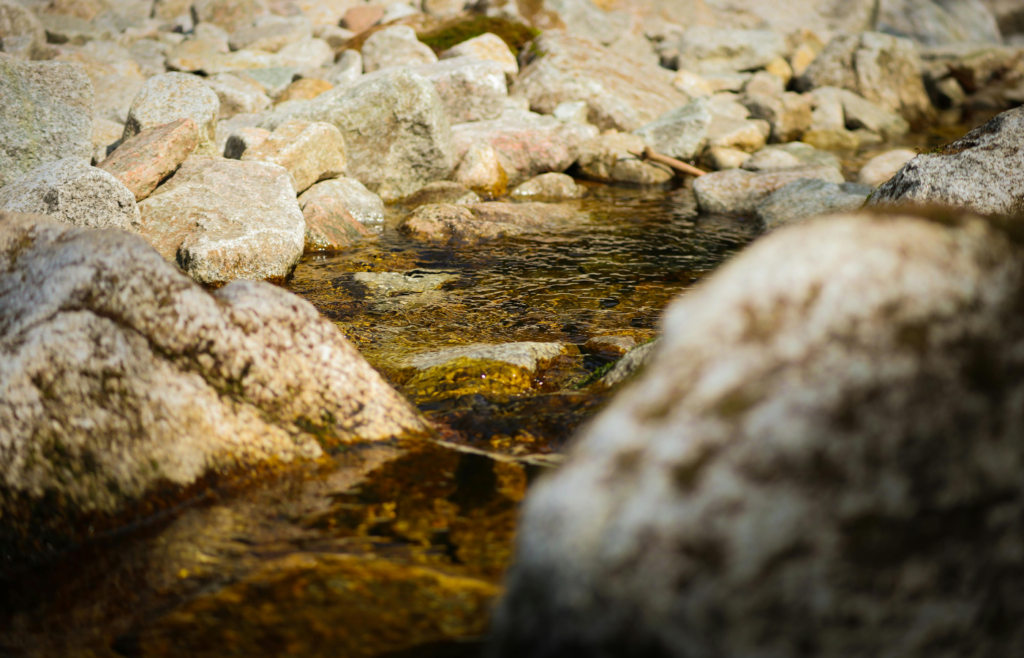
During the 1811–1812 New Madrid earthquakes, parts of the Mississippi River flowed backward for several hours. The force of the seismic waves temporarily reversed the river’s direction.
It wasn’t a myth. Eyewitnesses described boats being pulled upstream—and some were destroyed by the violent current.
2. The Ground Can Glow
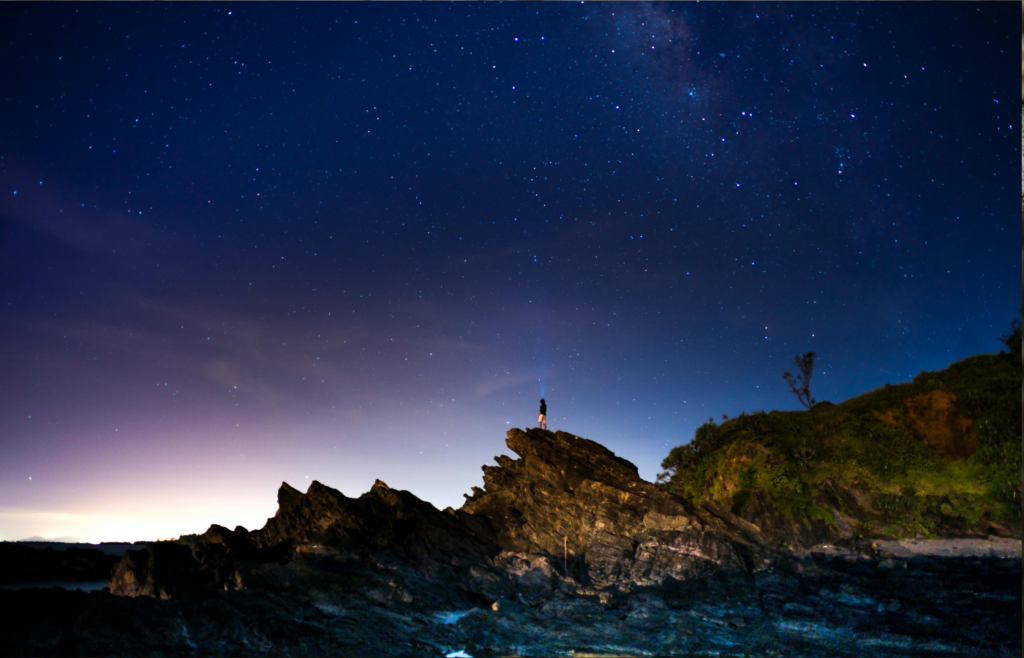
Some earthquakes produce strange lights—called earthquake lights. These glowing flashes or sheets of color appear in the sky before, during, or after a quake.
They may come from electrical charges released by stressed rocks. It’s rare, but well-documented across the globe.
3. Sand Can Erupt From the Ground
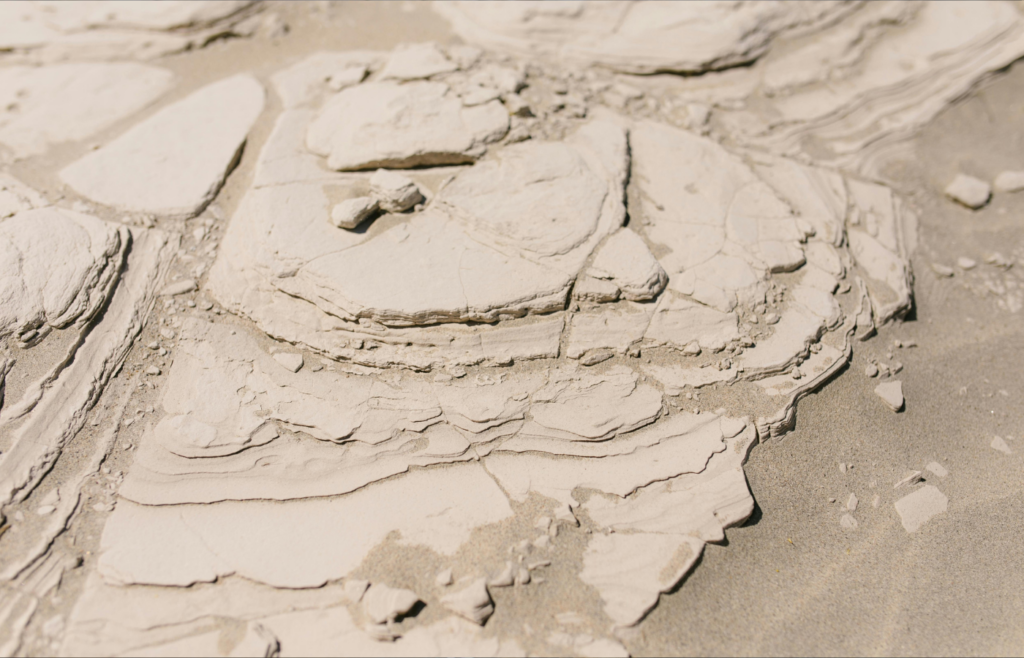
In soft, wet soil, shaking can cause sand and water to shoot upward in small fountains. These are called sand boils or sand volcanoes.
They look like little mounds or craters and can appear miles away from the epicenter—surprising people who didn’t even feel the quake.
4. Clocks Can Synchronize—Then Stop

In strong quakes, the shockwave can cause pendulum clocks to momentarily sync up—or suddenly stop. In historical quakes, old clocks and watches often serve as time-stamped evidence of the exact moment shaking began.
It’s like nature’s way of setting a timestamp—across entire cities.
5. Objects Can Sink Into the Ground

Liquefaction can make the ground behave like quicksand. Cars, fences, even buildings can sink or tilt suddenly—without ever being crushed.
It’s a slow-motion side effect that shows up after the shaking stops and the mud takes over.
6. New Geysers and Hot Springs Can Appear
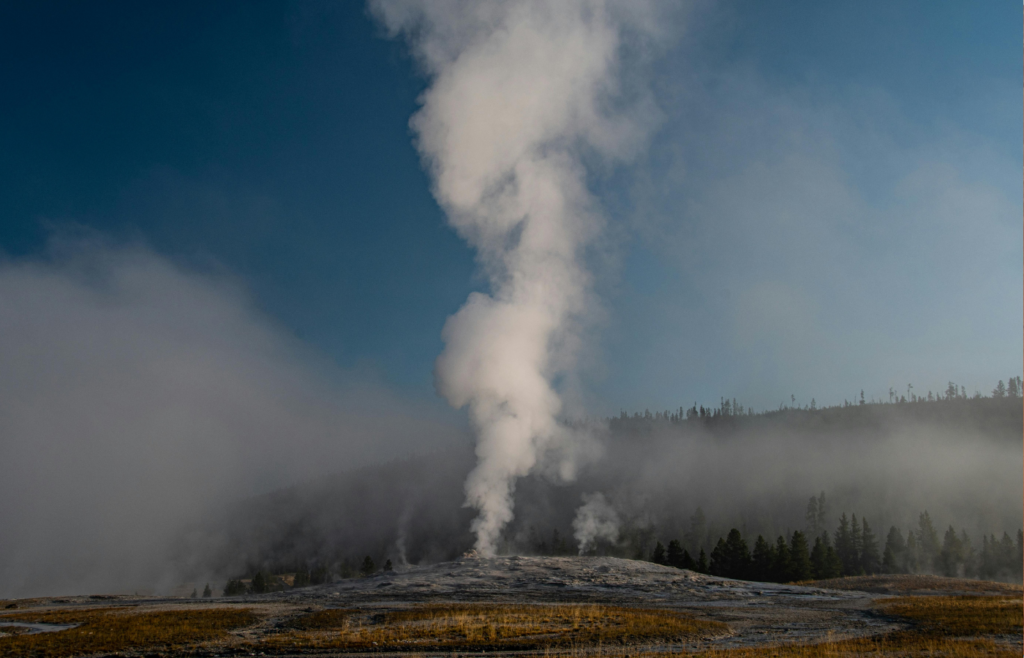
In volcanic or geothermal areas, earthquakes can shift underground water and pressure systems. The result? New geysers or hot springs bubbling up where none existed before.
Some disappear again in weeks. Others become permanent features of the landscape.
7. The Shape of the Land Can Change Instantly
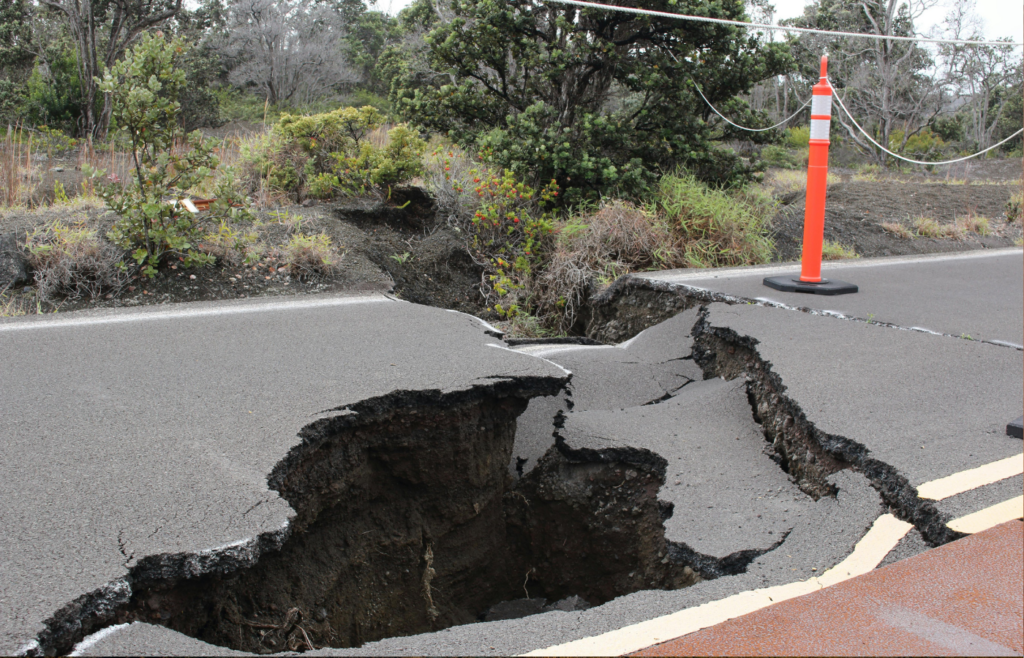
Earthquakes don’t just shake the land—they reshape it. Quakes have lifted coastlines, dropped valleys, and created cliffs where flat land used to be—all in seconds.
In the 2004 Indian Ocean quake, parts of Sumatra moved over 30 feet in one violent lurch.
8. Strange Animal Behavior Can Spike

Animals often sense quakes before humans do. But after a major event, they may act bizarre—flocking together, fleeing open spaces, or making unusual noises.
It’s one of the more mysterious side effects scientists are still trying to fully understand.
Read More: Top 10 Reasons Yellowstone’s Supervolcano Keeps Scientists Up at Night
9. Fires and Explosions Can Follow Immediately

Broken gas lines and electrical wires often spark fires seconds after the shaking stops. In the 1906 San Francisco earthquake, the fires did more damage than the quake itself.
Some explosions are delayed by hours or days, catching people off guard long after the main shock.
Read More: Top 10 Strangest Things Ever Erupted from a Volcano
10. Entire Lakes Can Vanish—or Appear
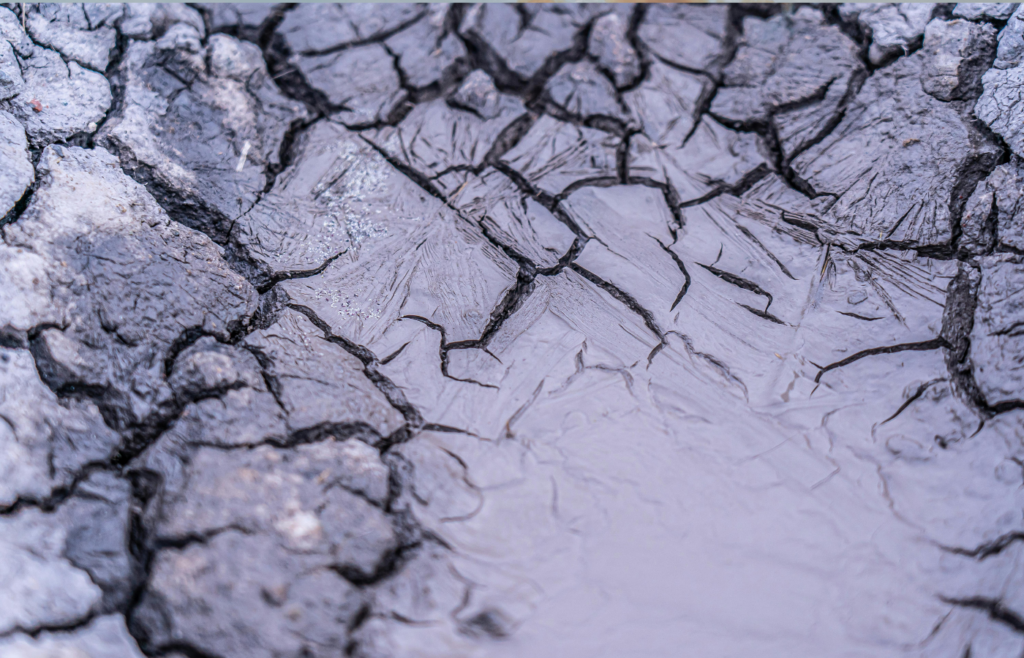
An earthquake can crack open the ground beneath a lake and drain it like a bathtub. Or it can create new depressions that fill with water and form lakes where there were none.
In one case, a lake in Chile completely disappeared overnight after a quake—leaving nothing but mud and stunned scientists.
Earthquakes are more than just shaking. They’re powerful events that can rewrite the rules of nature in seconds—and leave behind mysteries for years to come.
Read More: Top 10 Weather Phenomena That Science Still Doesn’t Fully Understand

